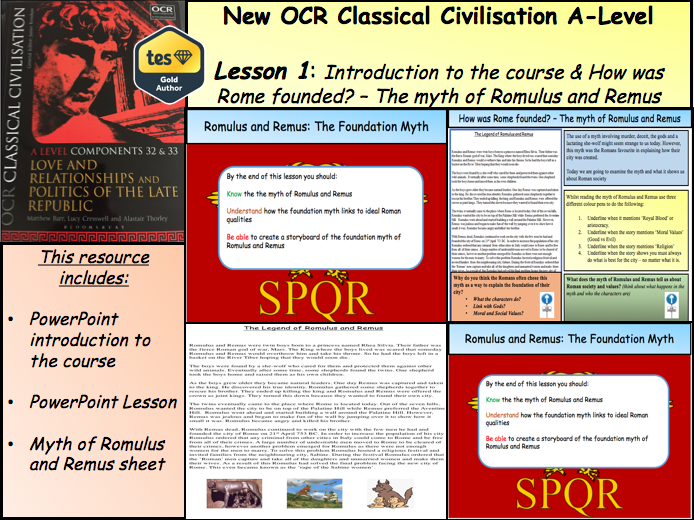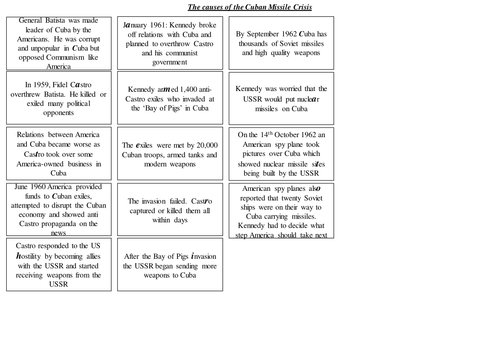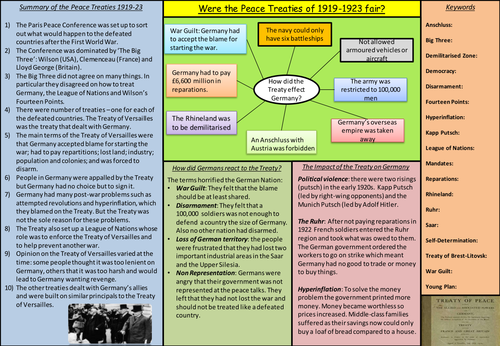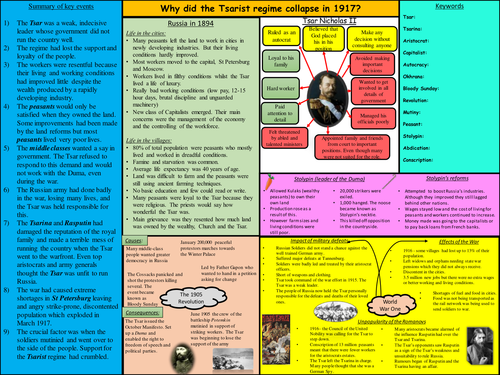Matthew_Nolan's Shop
I have been teaching since 2012 and have a passion for creating interactive resources which can easily be differentiated. I enjoy making PowerPoints to engage pupils in my lessons and ensure that all the tasks are relevant and exciting to the topic being taught. I teach History, Classical Civilisations, PSHCE and General Studies. In addition to this I am also the Career Coordinator at my school and have begun creating numerous schemes of work for Years 7,8 and 9 and drop down days.





















![Virgil’s Aeneid Book XI: Drances and Camilla (4x Lessons) [New OCR A-Level: ‘The World of the Hero’]](https://d1e4pidl3fu268.cloudfront.net/4121f26f-d36f-41f8-bb06-e5381de8909e/ScreenShot20180825at211508.crop_699x524_0,1.preview.png)